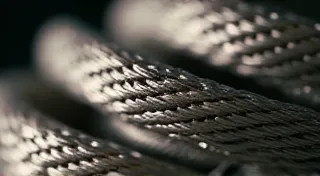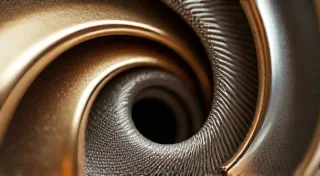The Cartographer of Sound: Charting the Geographic Diffusion of Music Box Manufacturing
There’s something undeniably magical about an antique music box. The intricate mechanisms, the delicate craftsmanship, the sudden burst of tinkling melody – it’s a miniature portal to a bygone era. But beyond the charm, lies a fascinating story of ingenuity, cross-cultural exchange, and the surprisingly complex geography of music box manufacturing. My own fascination began with a small, walnut cylinder box found tucked away in my grandmother’s attic. The tune, a fragile waltz, transported me, a child, to a place of swirling dresses and polished ballroom floors, a world I’m certain I never truly knew. It sparked a lifelong pursuit – not just collecting, but understanding the intricate network of workshops and artisans who brought these sonic treasures into existence.
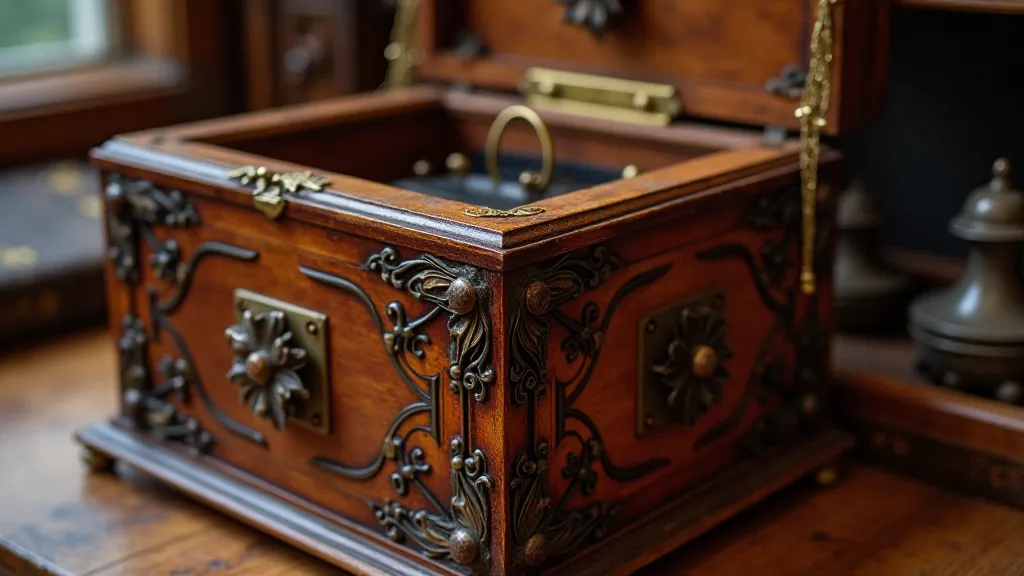
The Swiss Ascent: Precision and Pastoral Charm
The story of antique music boxes is inextricably linked to Switzerland, particularly the Jura Mountains. During the 19th century, the region’s watchmaking tradition – already renowned for its precision and miniature engineering – proved to be the perfect foundation for music box creation. The skills used to craft tiny, intricate watch movements were easily adapted to build the cylinder or disc mechanisms that animated the music. Villages like Sainte-Croix became veritable centers of music box production, their populations almost entirely devoted to the craft. The appeal of Swiss music boxes wasn't solely based on technical brilliance. The idyllic Swiss landscape – the snow-capped peaks, the verdant meadows – often found its way into the box’s decorative themes. Many boxes depicted pastoral scenes, adding a layer of romanticism to the experience.
Early Swiss music boxes were often relatively simple, utilizing pinned cylinders that played a single, repetitive tune. But the desire for more elaborate and longer pieces quickly drove innovation. The development of comb mechanisms, vastly increasing the number of notes that could be produced, was a pivotal moment. These early combs, painstakingly hand-tuned, represent a staggering investment of time and skill, a testament to the dedication of the artisans.
Germany’s Contribution: The Rise of Automata and the Disc Box
While Switzerland established the foundations of music box manufacturing, Germany played a crucial role in expanding its complexity and stylistic range. German workshops, particularly in Black Forest region, were pioneers in automata – elaborate mechanisms incorporating moving figures alongside musical accompaniment. These weren't simply music boxes; they were miniature theatrical performances. Think dancing ballerinas, prancing horses, and charmingly painted scenes, all brought to life by the revolving cylinder or disc.
The development of the disc box, a significant departure from the cylinder box, also emerged from German workshops. Disc boxes offered greater versatility, allowing for the playing of multiple tunes and a wider range of musical styles. The larger surface area of the disc permitted more detailed and intricate engravings, further enhancing the box’s artistic appeal. The level of detail attainable on these discs is simply breathtaking when you consider the tools and techniques available at the time.
America’s Embrace: Mass Production and Novelty
The allure of music boxes quickly crossed the Atlantic, finding fertile ground in the burgeoning American market. Initially, American manufacturers primarily imported music boxes from Switzerland and Germany, disassembling and reassembling them for sale. However, the promise of greater profit quickly spurred domestic production. American music box factories, while often sacrificing some of the fine craftsmanship found in European models, focused on quantity and affordability.
The American contribution was marked by a focus on novelty and mass appeal. Factories like Foster and Albaugh produced simpler, more affordable boxes, often decorated with patriotic themes or popular song lyrics. While these boxes may not command the same prices as their Swiss or German counterparts, they offer a unique glimpse into the popular culture of the late 19th and early 20th centuries. The rise of mass production also brought about a decline in the intricate hand-tuning of combs, opting for more efficient, though less nuanced, methods.
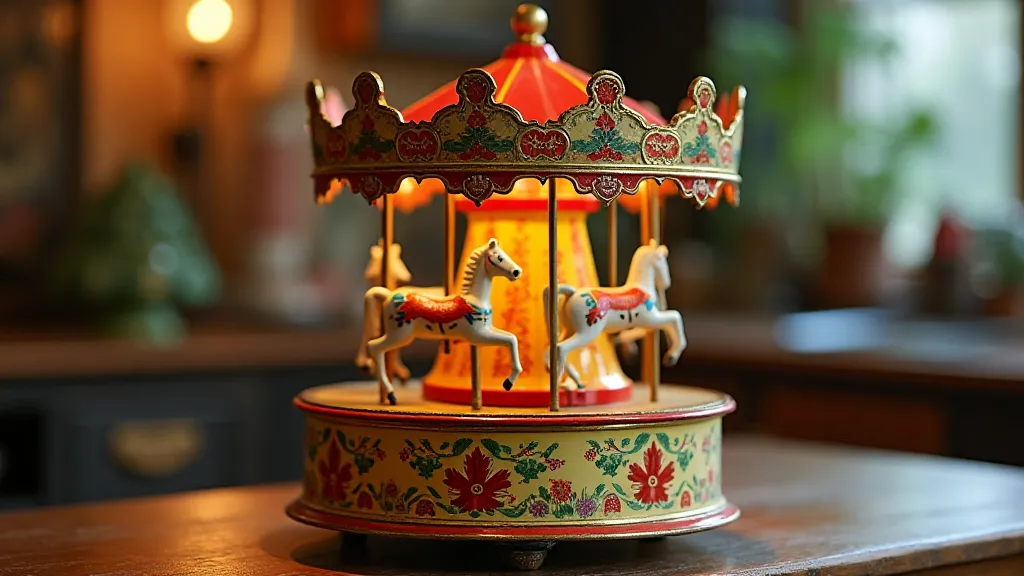
The Diffusion Network: A Transatlantic Conversation
The story isn's one of simple imitation. The transfer of technology and techniques was a dynamic, two-way conversation. American factories, for instance, would adapt European designs to suit local tastes and manufacturing capabilities. Swiss and German workshops, in turn, would incorporate American innovations, like the use of more affordable materials or the simplification of mechanisms, to remain competitive.
The impact of each region wasn't uniform. Sainte-Croix, for instance, remained a global leader in high-end music box production, consistently pushing the boundaries of technical sophistication. Black Forest workshops continued to refine the art of automata, while American factories focused on satisfying the growing demand for affordable entertainment. The rise of the phonograph and other recorded music technologies, of course, began to sound the death knell for mass-produced music boxes, though the antiques continue to be cherished.
Restoration and Collecting: Preserving the Melody
Collecting antique music boxes isn't merely about acquiring beautiful objects; it’s about preserving a piece of history. Many boxes have suffered the ravages of time – broken mechanisms, tarnished metalwork, and faded decorations. Restoration, when done carefully and respectfully, can breathe new life into these treasures. However, it's crucial to avoid over-restoration, which can diminish the box’s authenticity and value. Preserving the patina of age, the subtle imperfections that tell a story, is often more important than achieving a pristine appearance.
For aspiring collectors, a solid understanding of the geographic origins of music boxes is essential. Knowing which workshops were renowned for particular styles or innovations can help you assess authenticity and value. Researching the markings on the box – often subtly engraved on the movement – can provide clues about its origin and manufacturer.
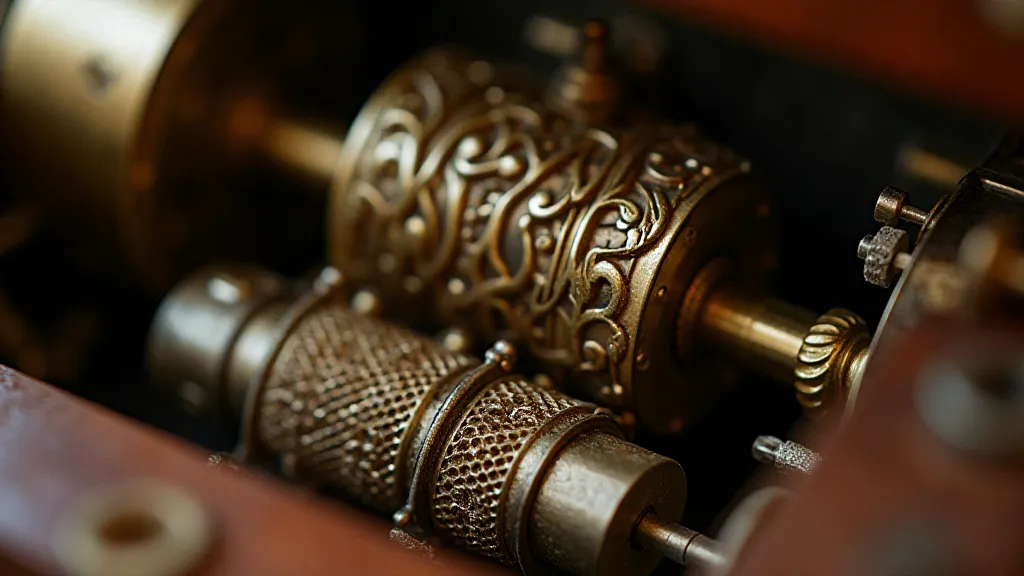
A Continuing Resonance
The legacy of the antique music box isn't confined to museums and collector's cabinets. The craft represents a remarkable convergence of technical ingenuity, artistic expression, and cultural exchange. By understanding the geographic diffusion of music box manufacturing, we gain a deeper appreciation for the dedication of the artisans who created these enchanting objects – the cartographers of sound, if you will – who charted a unique and enduring musical landscape.


